
What does the work of lighting decoration begin with? Are there any differences between the creation of light script to opera and ballet? Answers to these and other questions are in the material dedicated to the one of the magical workshops of our theatre.
It is not by chance that we called this workshop magical, indeed workmen of electric-lighting workshop can create magic.
– Light the stars in the opera “Sky of my love” by M.Bafoev, throw lightings in the ballet “Firebird" by I.Stravinsky, make a rainfall and snowfall in Uzbek-Japan co-staged opera ““Yudzuru” (“Feathers of Crane”) by Dan Ikuma. Old-timers of the theatre often remember the staging of the opera “Aida" by G.Verdi in 60sof past century. Then during the date of main heroes, Aida and Radames, in the third act оn the banks of Nile at Isis temple… water flow into the stage.
About the history of the workshop
There hasn't been stored any information about the first lighters in the archives of the Theatre museum. Maybe, there wasn't any, at all. Volunteers or the actors themselves, who were not involved on the stage at that moment worked as lighters. Later, when the troupe got the status of Uzbek State Opera and Ballet Theatre, when the first opera and ballets were staged, the workshop was organized with all the lighting equipment and properties (yes, all the lusters, table-lamps, candle sticks and chandeliers of the stage are under the control of the workshop staff). Chiefs of the lighting workshop were splendid masters, infinitely devoted to their profession, who worked to create such an atmosphere on the stage, so that the audience listened to every sound, watched every movement of the actors like enchanted, with the play of light and shadow among the wonderful decorations. The lighters came to the theatre variously – someone came by chance and stayed, unable to resist the chance to try his abilities as a theatre “Prometheus”, someone was born and brought up in the family of the theatre workers, soaking up the magic of the stage from infancy, someone came to the play once and decided the problem of profession for himself once and for all. Among the lighters, and lighting artists as well, who worked in the theatre for the entire their lives, who even began in the old “Colosseum”, and then got used to the working area in the new building of The State Academic Opera and Ballet Theatre are Aleksandr Vladimirovich Besklubov, veteran Georgiy Pavlovich Asriyants. Later, Yuriy Matveevich Yakovets, Vladimir Aleksandrovich Besklubov took over the duty. It should be mentioned that they worked with splendid scenographers, remarkable masters such as People's artist Michael Gvozdikov, Meli Musayev and Vladimir Riftin, Honoured workers of art Tuygun Sharakhimov and Georgiy Brim, scenographer Vyacheslav Fesko. In accordance with the artistic design of the scenographers, lighting artists created their own scripts, unique “lighting scenarios”. Today, the keeper of the creative traditions of the past masters is the present chief of the workshop, lighting artist Vladislav Jurakovskiy.
Power of the light
– It is possible to imagine the play without decoration, costumes and make-up, but without light it is hard. The light on the stage is one of the most important means of the scene design, the light helps to reproduce the place and the condition of the action, perspective, to create required atmosphere. Sometimes, in the modern plays, the light is the only means of the decoration.
As science claims, a person takes 70% of the information visually, so you can make a conclusion yourself, how important light is. Theatrical light creates optical illusions wonderfully, and can change the stage unbelievably by broadening or deepening it to the audience. The light can perfectly imitate such natural phenomenon as sunrise, sunset, lightning and so on. There are a lot of ways to solve the question. All of these are created by setting the horizontal, frontal and side lightings, the portable set of devises, various projecting devises, smoke of the cars and others. Meanwhile, development of the lighting equipment and the whole scenic properties lead to the occurring of the new methods. Current art of theatre lighting represents a whole complex of tools and techniques, with the means of which any idea of the author, artist, director or choreographer can be created and visualized. The light builds up the mood on the stage likewise in the real life. Light the stage with dark blue, and bad feelings seize everyone present. Or, contrariwise, warm-joyous atmosphere, feeling of happiness can be created so that it will remain for a long time in the heart of every spectator and artist. We can put lighting accent, set special filters and immediately highlight the powers of Good and Evil, so that young inexperienced spectators could orientate themselves in the action on the stage. – Vladislav Jurakivsky recount about the work of workshop, answering all the questions in detail.
– Equipment in the theatre is stationary, even if anything is transferred, then only on the stage, behind the stage we do not use anything. In 1998 a big consignment of different lighting equipment from Japan was delivered. A lot from that, 20 years old consignment, we still use successfully. Projector of following light, projection equipment, and ramp – everything is in good working order, as you see. In 2011 the theatre again got a big set of audio-video equipment.
– What kind of equipment are used in the concerts of OPEN AIR project?
– We do not use theatrical equipment in OPEN AIR. We use equipment from rental companies, which differs a little from the theatrical equipment by technical and other parameters. When necessary, theatre adds technical accompaniment (power connection, decoration, architectural lighting of the building and etc.), and the building itself, well-known by lots of people in the country and abroad as well, appears as a sort of “decoration” in such events.
Let there be light
– On what stage does the lighting artist join to the work on the play?
– In my view, as earlier, as better. We are always in close contact with the chief artist Zubaydullo Batirov, directors and choreographer. Sometimes, displacement of decoration, separate machine and etc. is required for the better lighting. Many other nuances also appear, and it requires collective resolution. That's why, I repeat, as earlier we join, as more convenient it is for everybody, including us. When all the decorations are ready and hung, we begin mounting the light onto the pictures. Fairly big time is given for it. Actors are not present on the stage, only technical staff, artists, directors and choreographer work. Lighting positions are written, concept of the play is formed with consideration of all the participants’ wishes. All the lighting scripts are written both in electronic and ordinary form. Everything is recorded – what kind of equipment is, how many and where to put, what is the direction and when to switch on. Later on prolusions correction and “cleaning” is accomplished. Currently, broad toolbar of lighting equipment, photodiode devises, dynamic projectors, projective devices and many others are present in the theatre.
– Is there any differences between the creation of light script to opera and ballet?
– There is no difference in the creation of script itself. Generally, it is universal for all the theatres. There are differences in stage lighting. Everything depends on the task put by the director or the choreographer. There are certain rules, we can say, academic rules, of lighting. In particular, for ballet staging a lot more equipment is used. This is due to the constant movement of ballet dancers throughout the stage, while in opera more emphasis is made on fragments of decoration. Further, in the opera, it is necessary to create such conditions so that the singers, first of all, could have a good view of the conductor. Here we use brighter lights. In the ballet, it is necessary to emphasize how ballerinas dance on pointe shoes, to create such a light so that they could see the auditorium, as it is very important when performing various pa of classical dance – pirouettes, fouetts. The light must be set very accurately, that's why we carefully calculate the percentage of the lighting, filter side projectors, because the dancers need to see the floor – they can jump by guess, but in order to land without problems, the platform must be evenly flooded with light. Sometimes ballet artists go onto the stage in complete darkness, in such cases we use special luminous markers so that the ballerina in the darkness could stand accurately in the center of a square the size of a meter per meter, which will then be illuminated with a stream of light. Audience does not notice all these details.
Flying from shadow to light
– We talked a lot about the light, but in which performances a play of shadows is presented, more precisely – a play of light and shade...
– For instance, in the new staging of “Rigoletto” by G.Verdi. There, right at the very beginning, there are portable Tarot cards on the stage, behind which dance couple of ballet dancers. The audience does not see the artists themselves, but their shadows – silhouettes. There are number of performances in which soloists dance or move behind a tulle or chiffon, and only one beam works with a ballerina or actress, in such scenes the main task is to make the silhouette behind the fabric visible, as clearly as possible, for example, in ballet "Swan Lake". By the way, the last scene of ballet “Bayaderka" is even called so as well – “The Shadows”.
Not the faces differ, but the light is different
– Over the past couple of decades, troupes from many countries performed on the stage of the theater. How did you work with the guest performers?
– Sometimes guests came with their own team of lighters, and then we accompanied them. And when only one specialist came, we worked together and it was a wonderful experience, useful in every way...
– Which plays, created in collaboration with the colleagues, were the most remembered?
- All of them were interesting and memorable in some way. The plays of The Moscow Bolshoi Theater, Mariinsky Theatre, Bejart Ballet ... I remembered the play “Juno and Avos” of the Irkutsk Musical Theater forever, because we never worked with musicals before. There was also a play about cranes with a Japanese director – the staging process lasted only a week. We did everything in seconds, a lighter with a stopwatch tood at every projector. I remember the scene with the snowfall – twisted pieces of paper were used as the snowflakes, so they fell and swirled at such a fast pace, that it was managed to create the snowstorm effect. We are working right like this now – with the per second movement of the light.
The light of the knowledge
– Overestimating the experience of collaboration is hard. So, were there any opportunities of training specifically for the specialty of “lighting artist”? And one more question – where to study for this specialty?
– There aren't any special schools in our country. I graduated from the Polytechnic Institute, got higher technical education. Indeed, it is vital to know the basic principles of physics in our specialty. There are elementary things, without knowing which it is simply dangerous to work in a lighting workshop. For example, you need to know how many devices can be plugged in to one outlet, as we work with high power electricity – 2000 W and more. Aside from working in the theatre, I've been studying computer graphics and design for more than ten years, mastered 3D-graphics, and I know what color mixing is and how to do it not by hearsay.
As for the training, two years ago, the administration of the theater managed to send three of the employees – the chief engineer, the head of the machine-decorative workshop and me to Moscow. We had a great opportunity to visit The Bolshoi Theater of the Russian Federation, to see the work of all services, to get acquainted with specialists in various fields, to see how they solve certain problems. We have already adopted a few ideas and they are being successfully used in our work now. I saw the work of outstanding choreographer Yuri Nikolaevich Grigorovich with the lighting directors. He comes, presents his own vision of particular scene, and lighting artist begins to set exactly that “blue light” in the “Swan Lake" that the choreographer needs, considering all the technical parameters in accordance with the equipment capability.
At that time, I met and talked to wonderful lighting artists Sergey Shevchenko, Michael Nikolaevich Sokolov. These people came to Tashkent on tour with The Bolshoi Theatre troupe back in 80sof lastcentury. Indeed, 100 people work in the lighting and electrical equipment workshop of this grand theatre enterprise. This duty journey became a powerful informational shake-up for me, and I am grateful to the theater administration for the opportunity to take such a step forward in terms of professional growth.
– What would you wish to those who dream of becoming the light script creator, working in the electric lighting workshop of The State Academic Opera and Ballet Theater?
– Learn and come. This is very interesting profession, in addition to the purely technical side, you can study opera and ballet, because in order to make a light plan correctly, you must at least know the plot, in order to create a certain image, you need to listen to the music that characterizes this or that hero. You will get acquainted with the talented artists of our theater and foreign troupes coming to tours and international festivals.
But, in order to work with us, you need a higher education, because the level of qualification and responsibility must be very high.
We invite everyone to visit our theater, to dip into the world of opera and ballet and see everything themselves.
The photographs used in the article are from the archive of the theater museum.
Press service of The State Academic Opera and Ballet Theatre named after A. Navoi with assistance of the theater museum.
11 ноября 2019







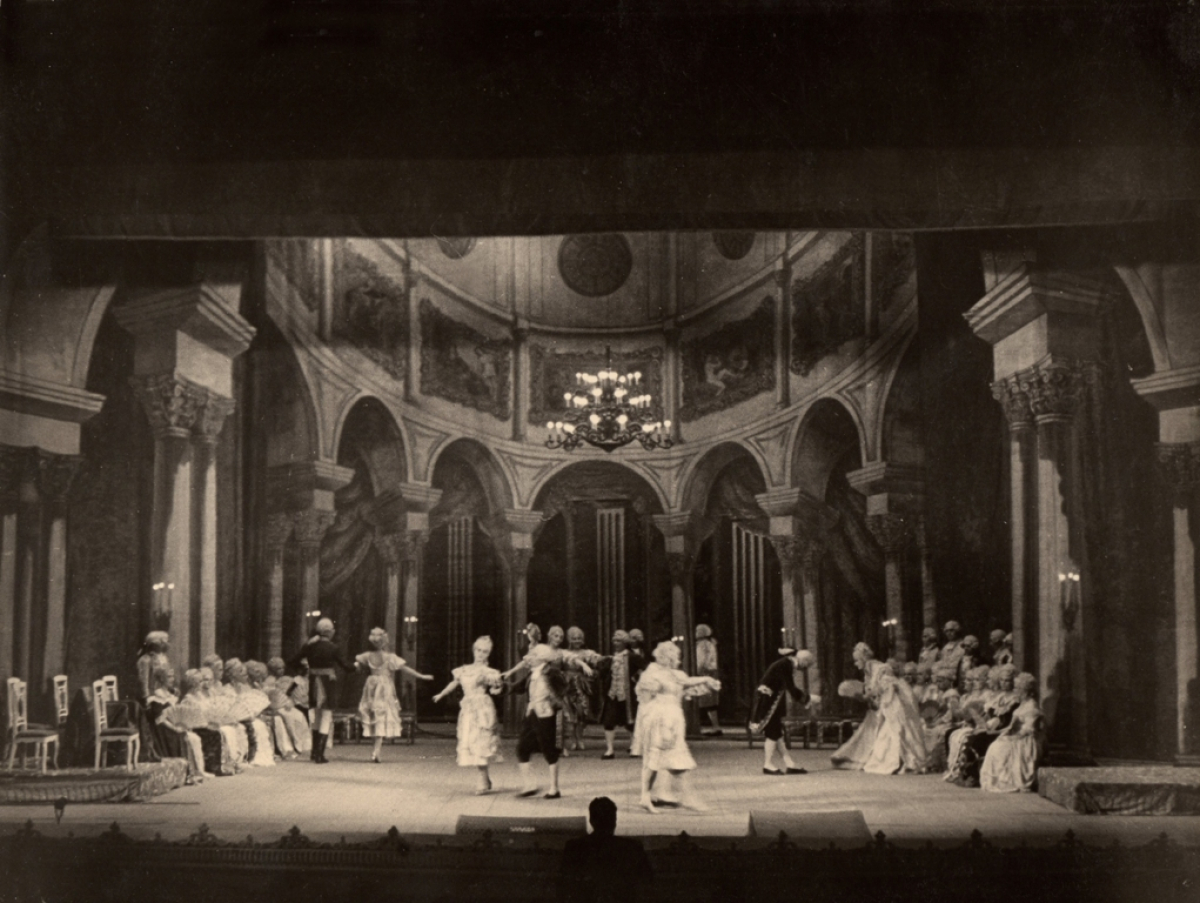
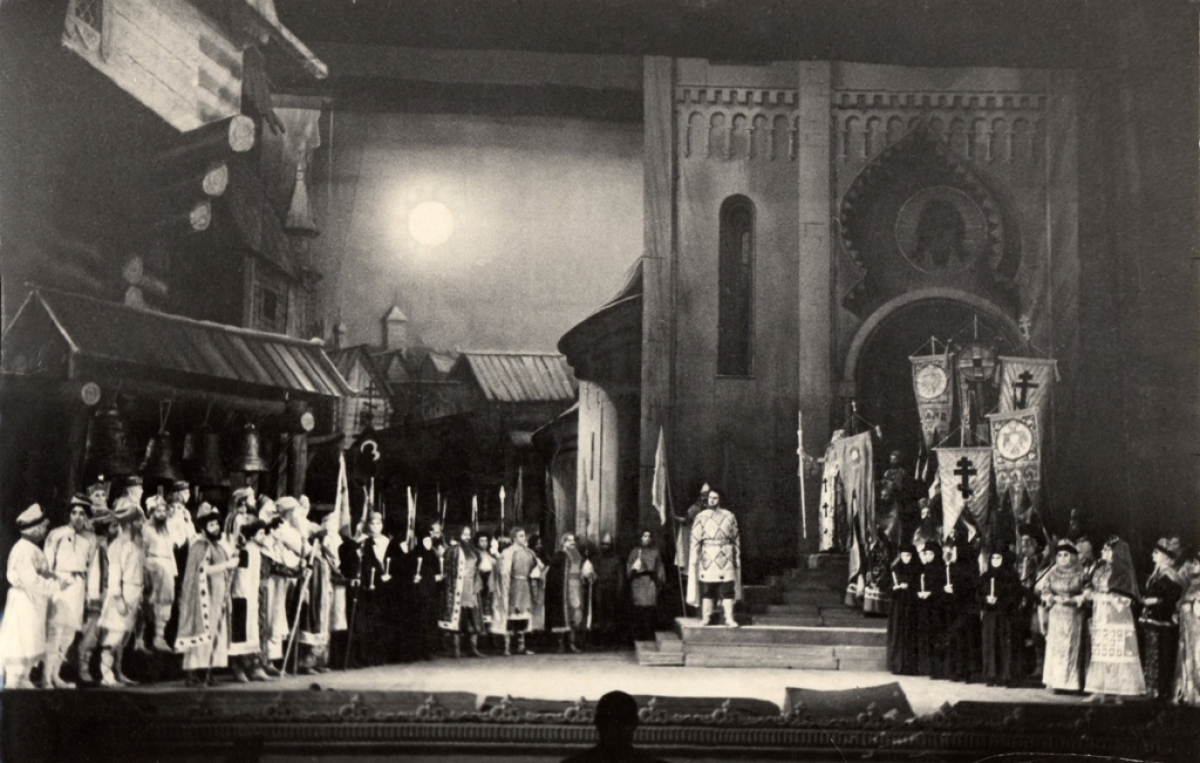

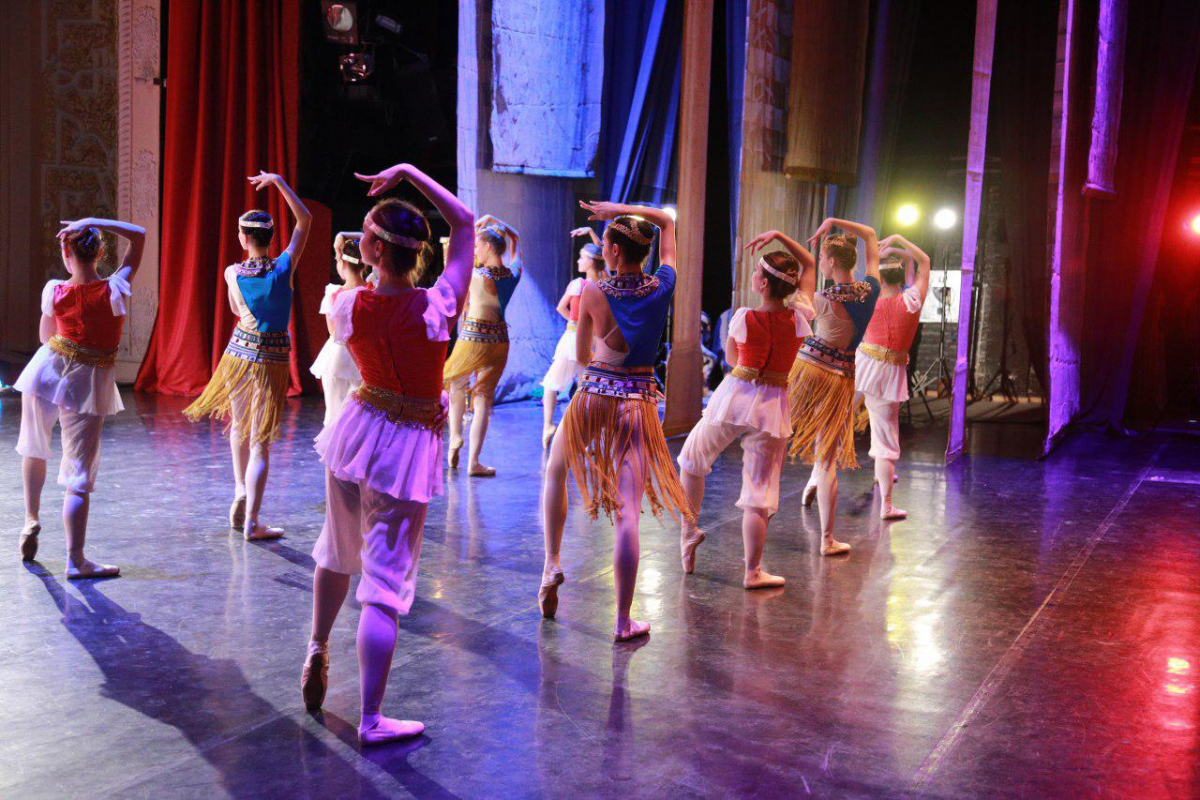
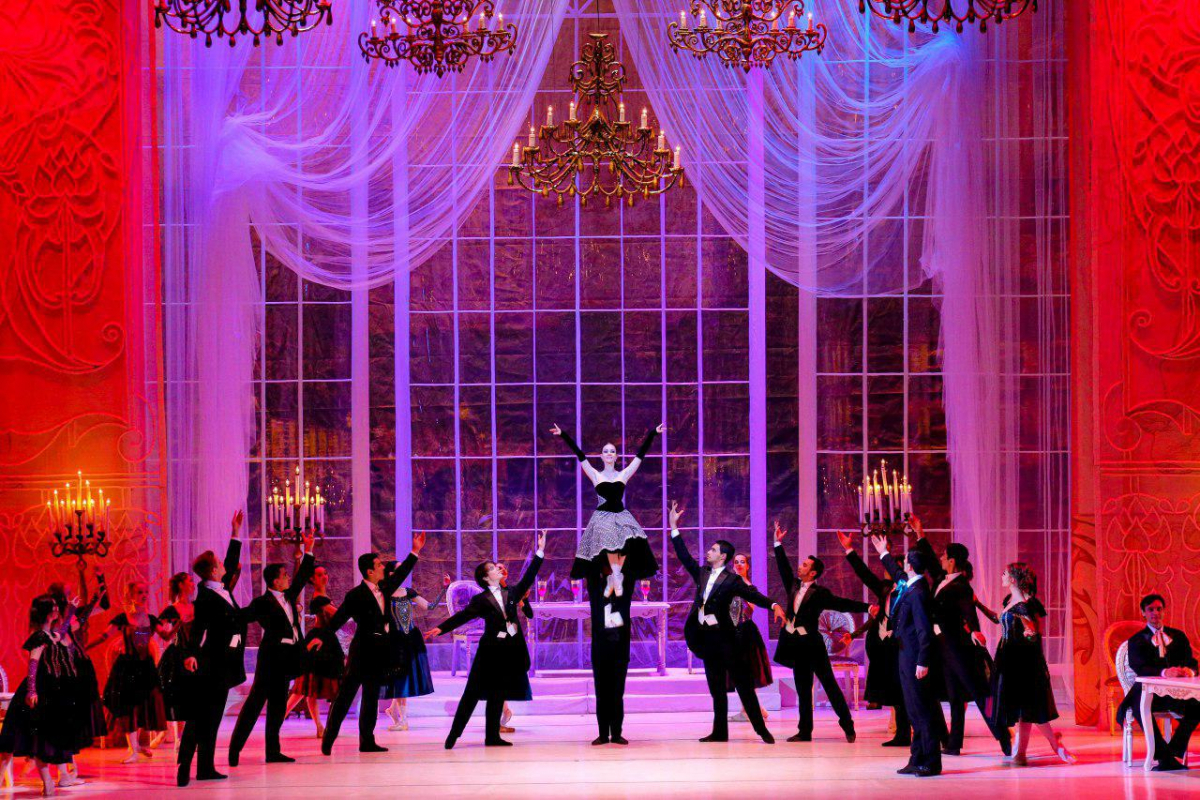
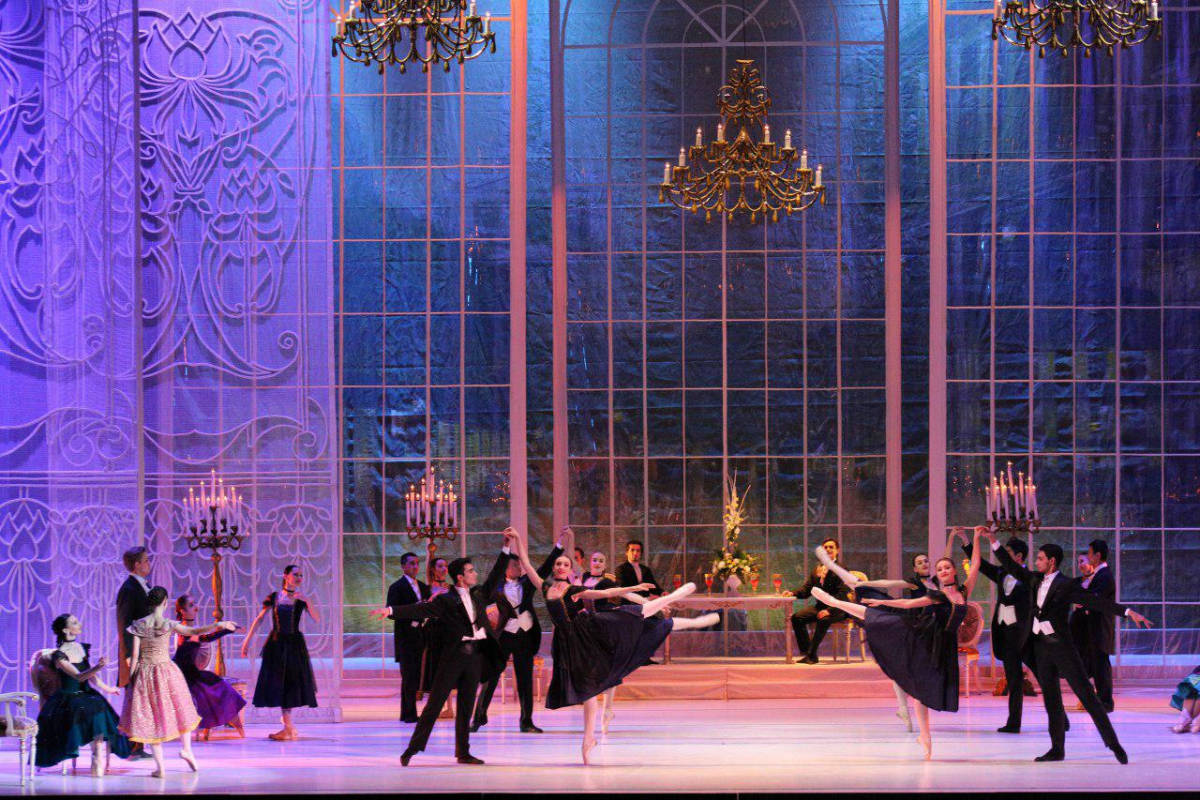

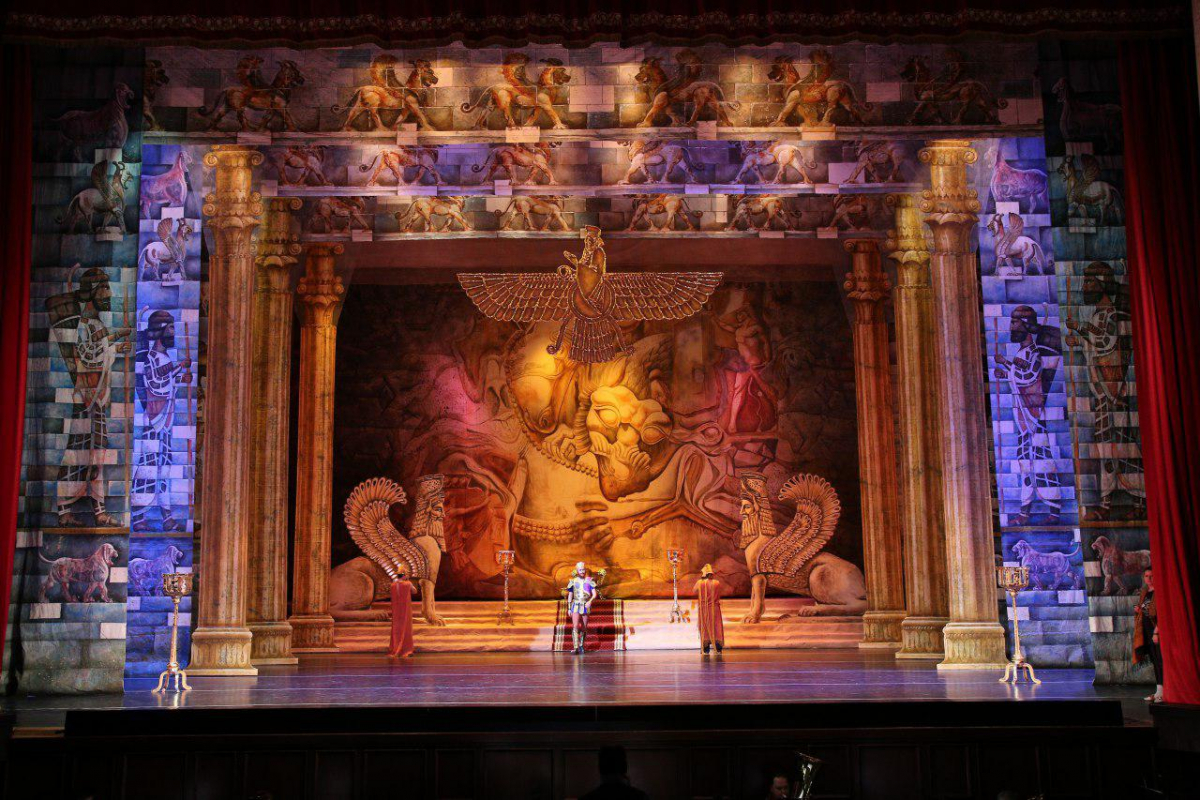
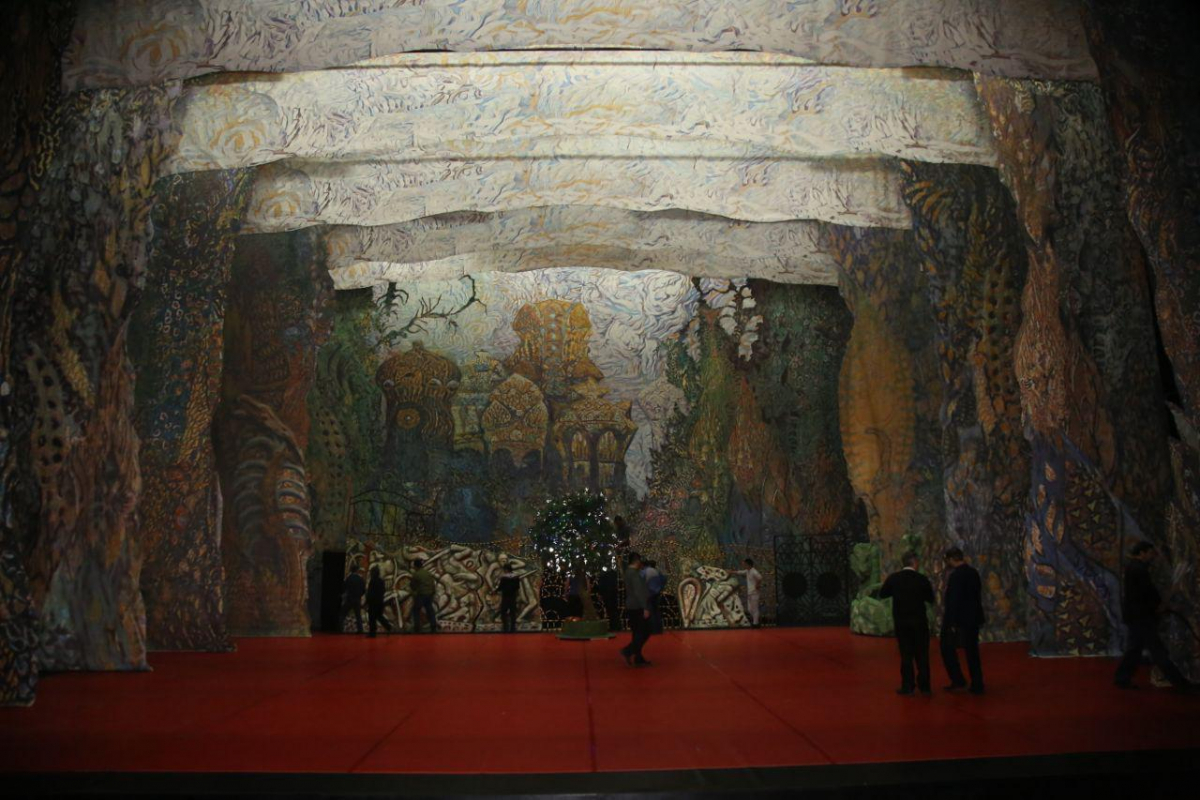
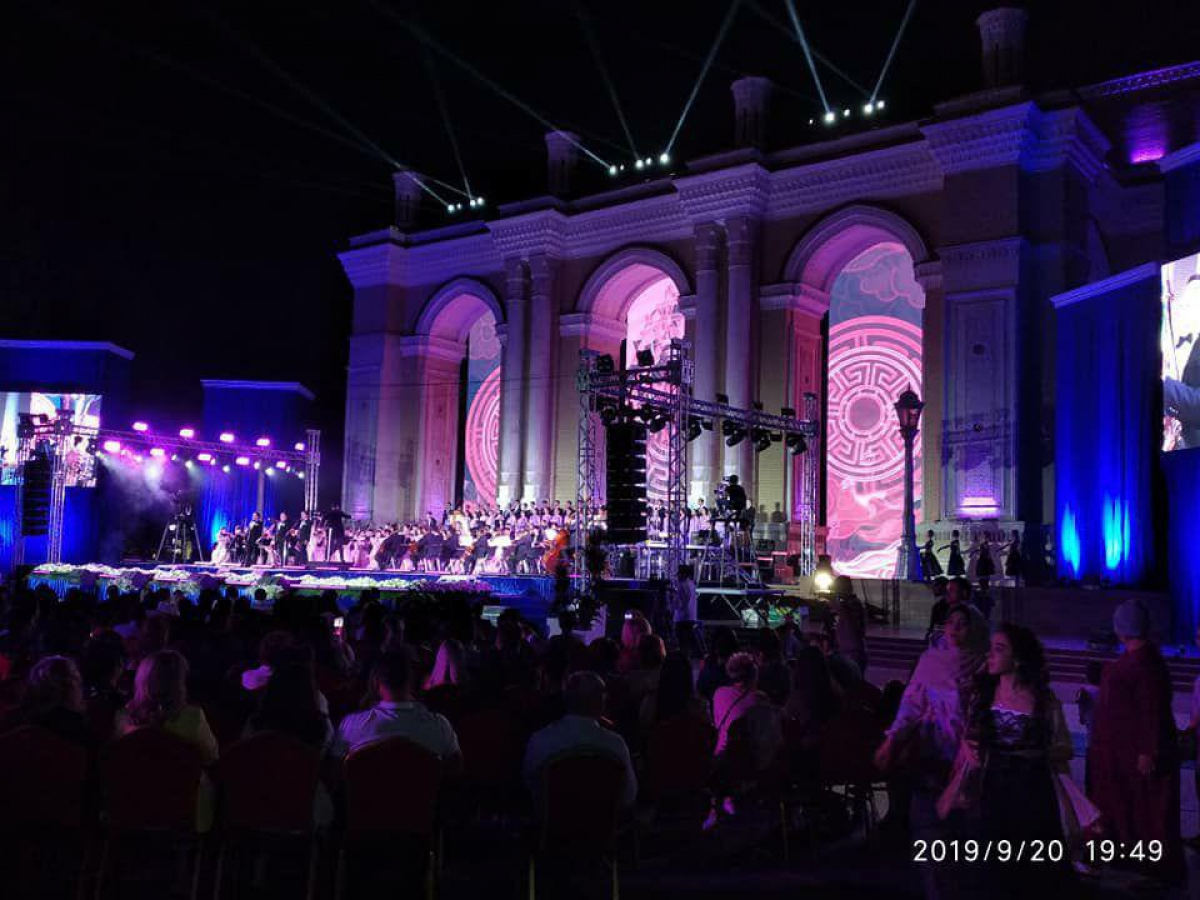
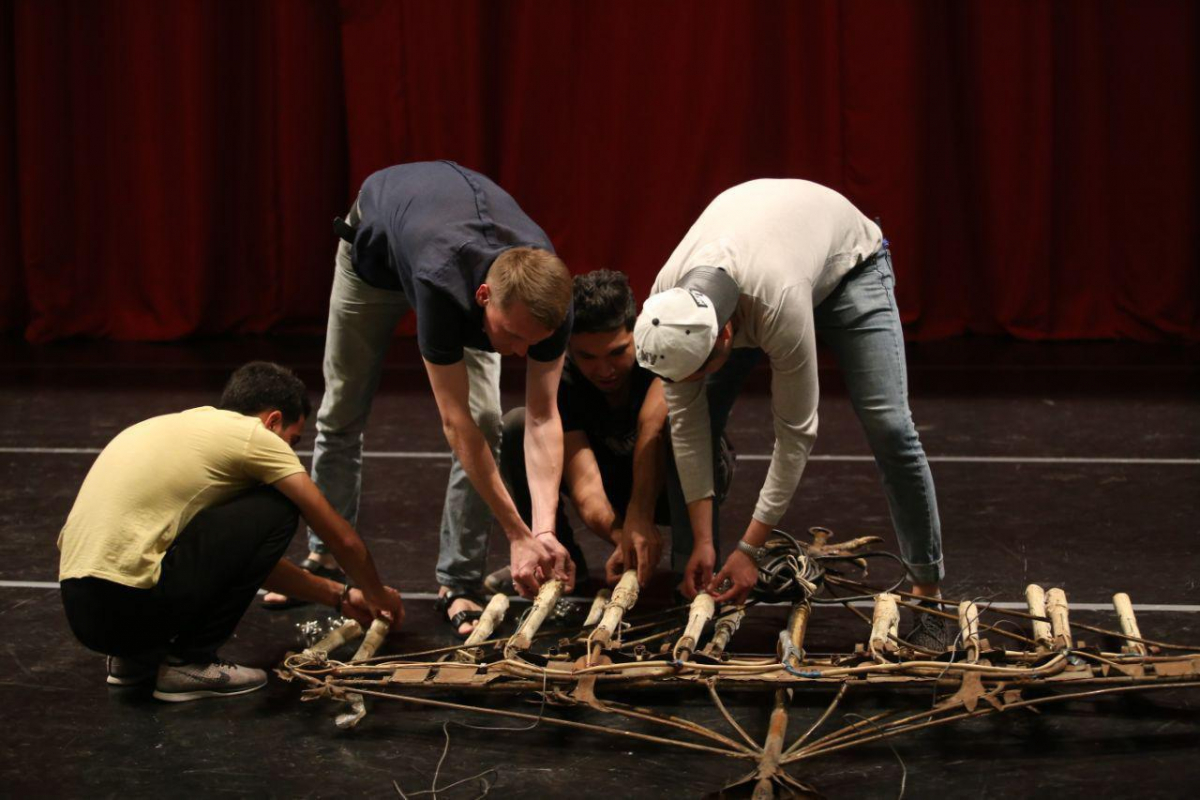
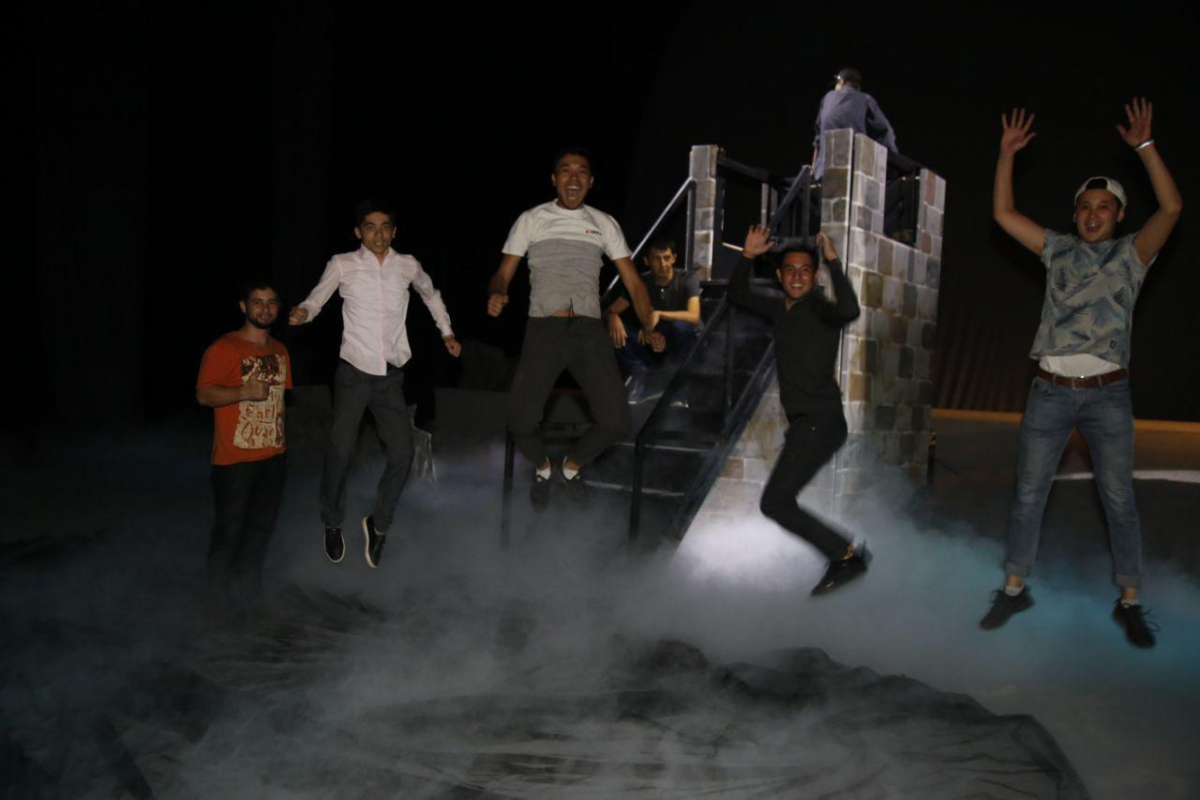


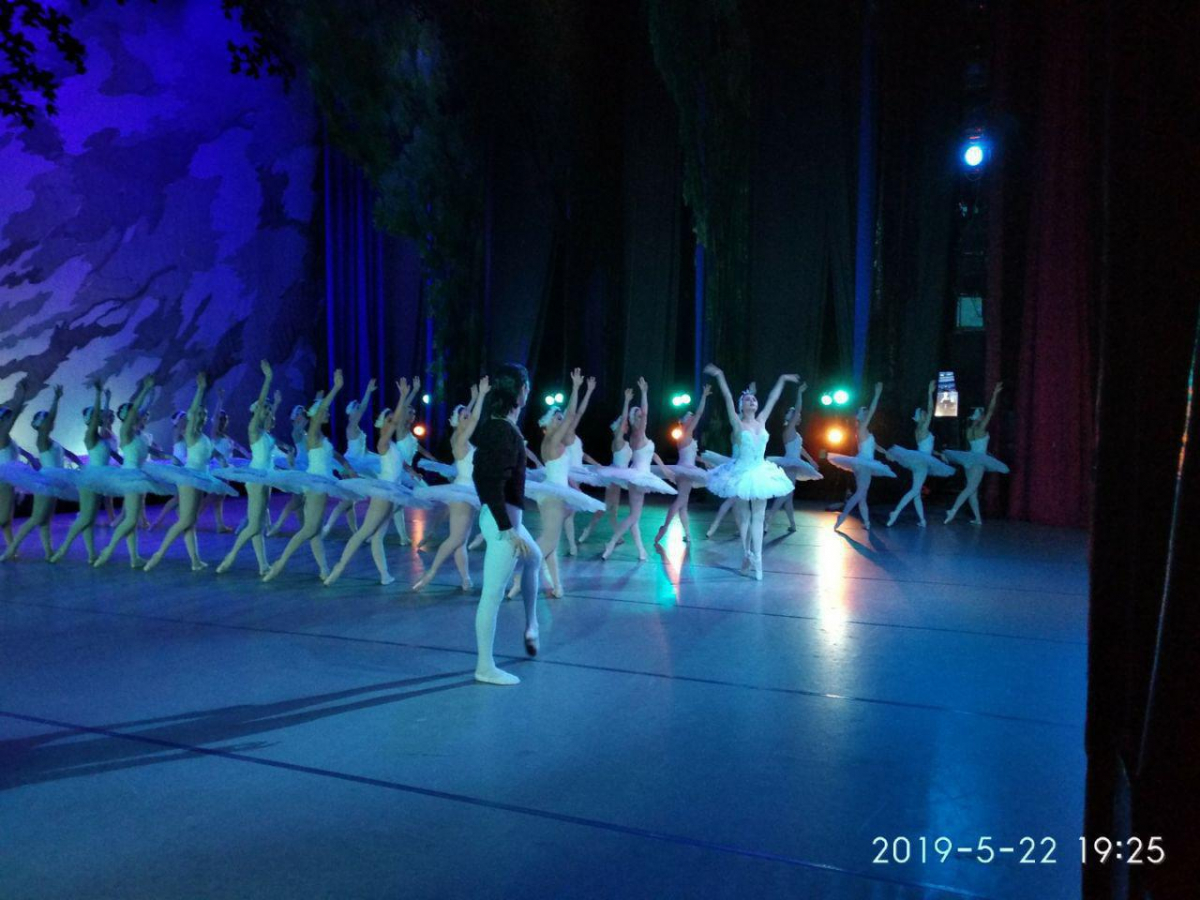
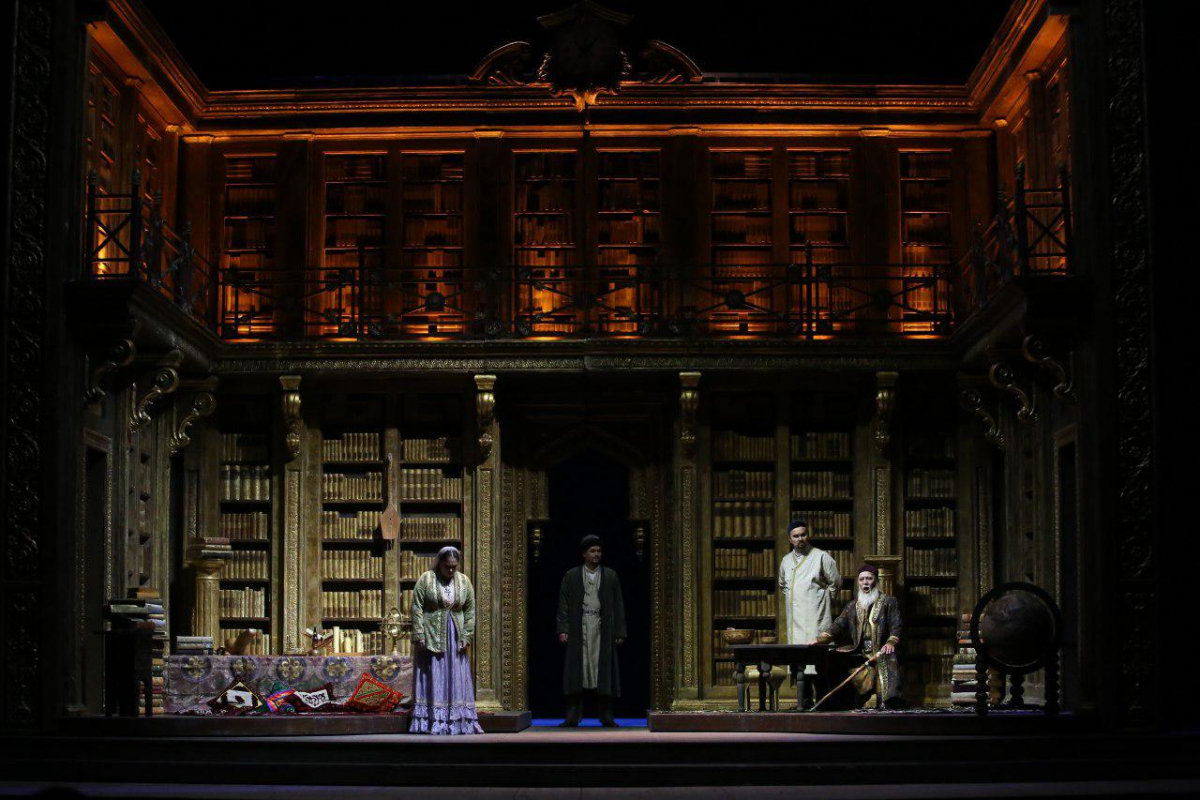
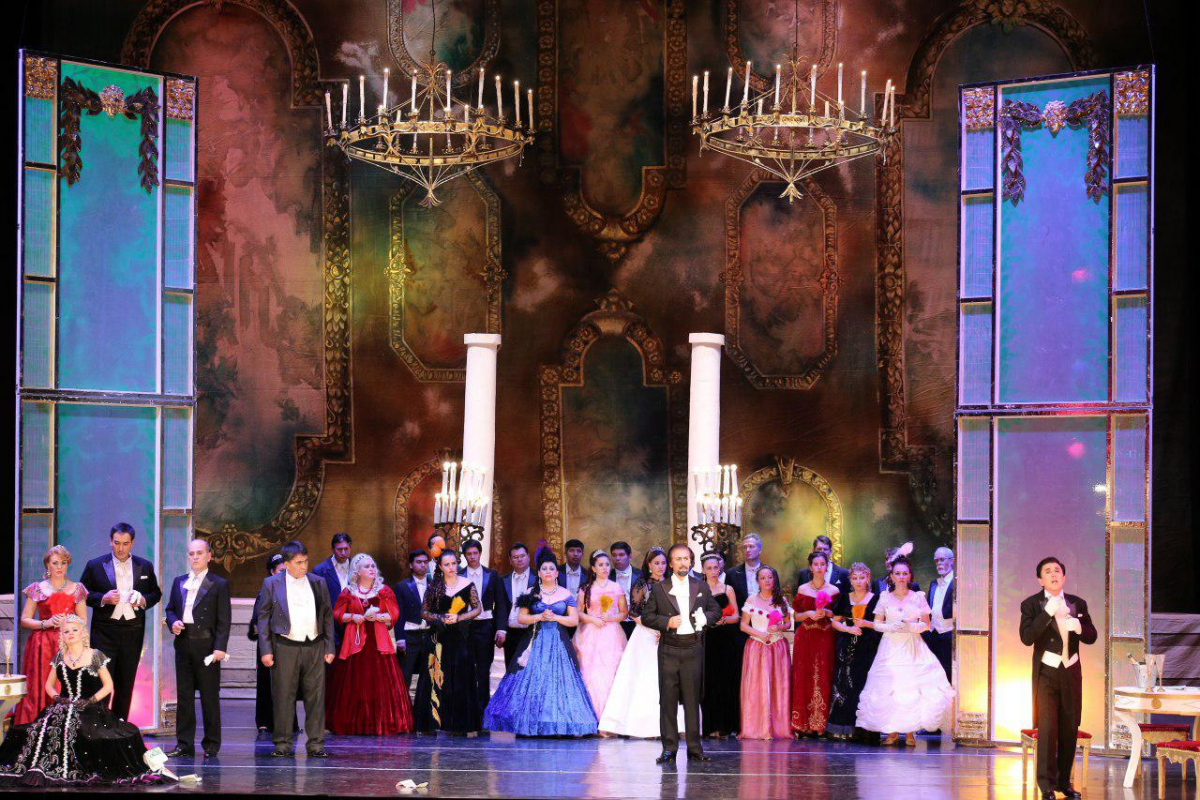
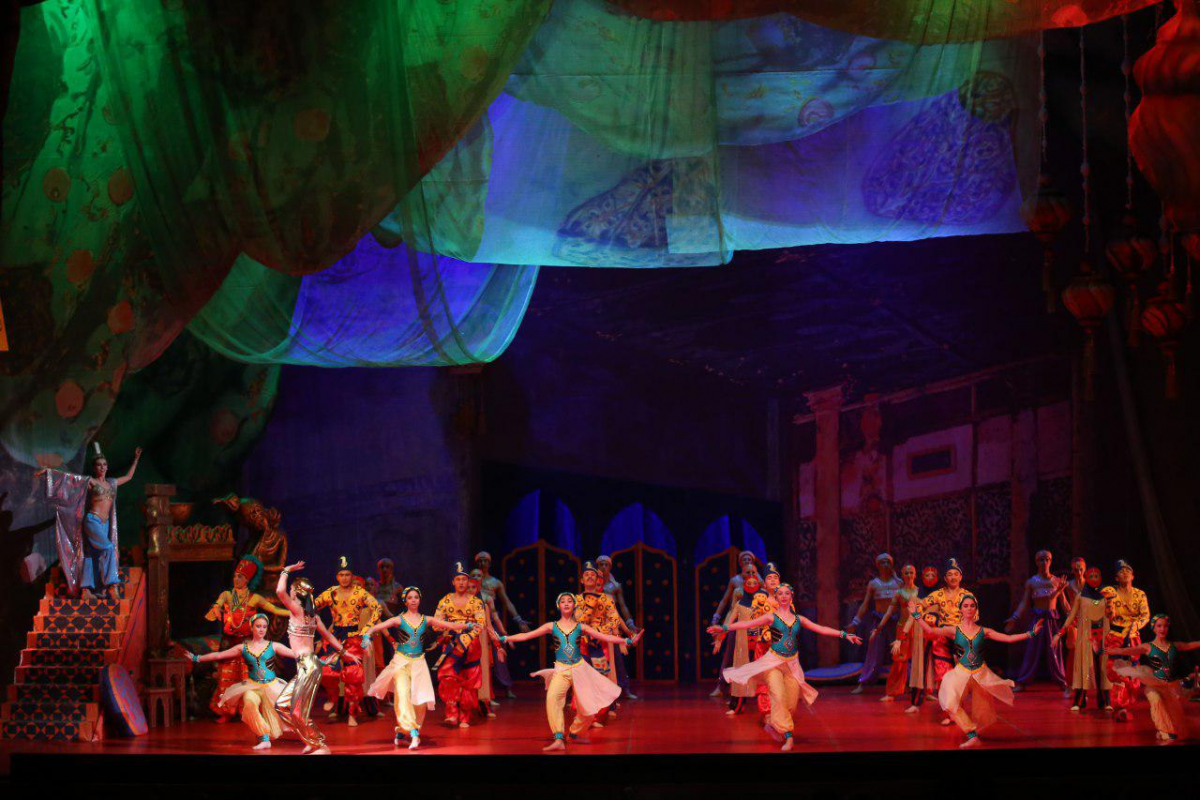
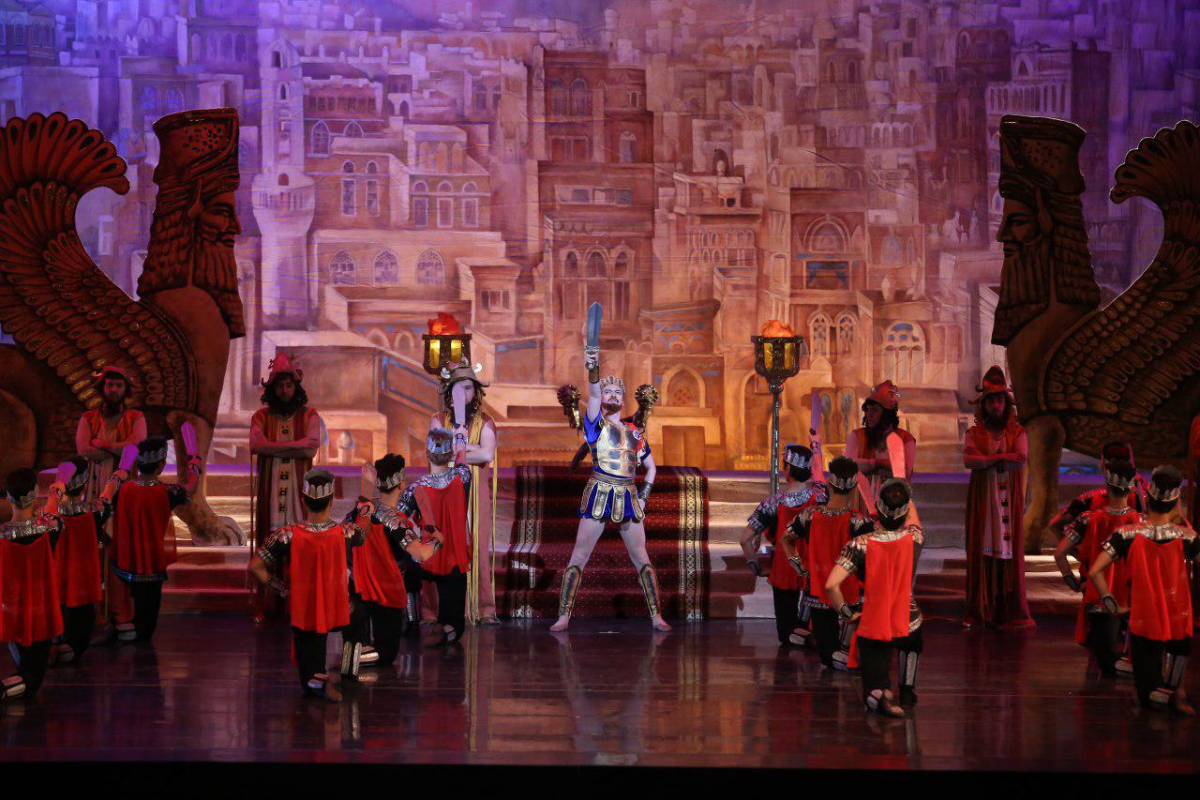
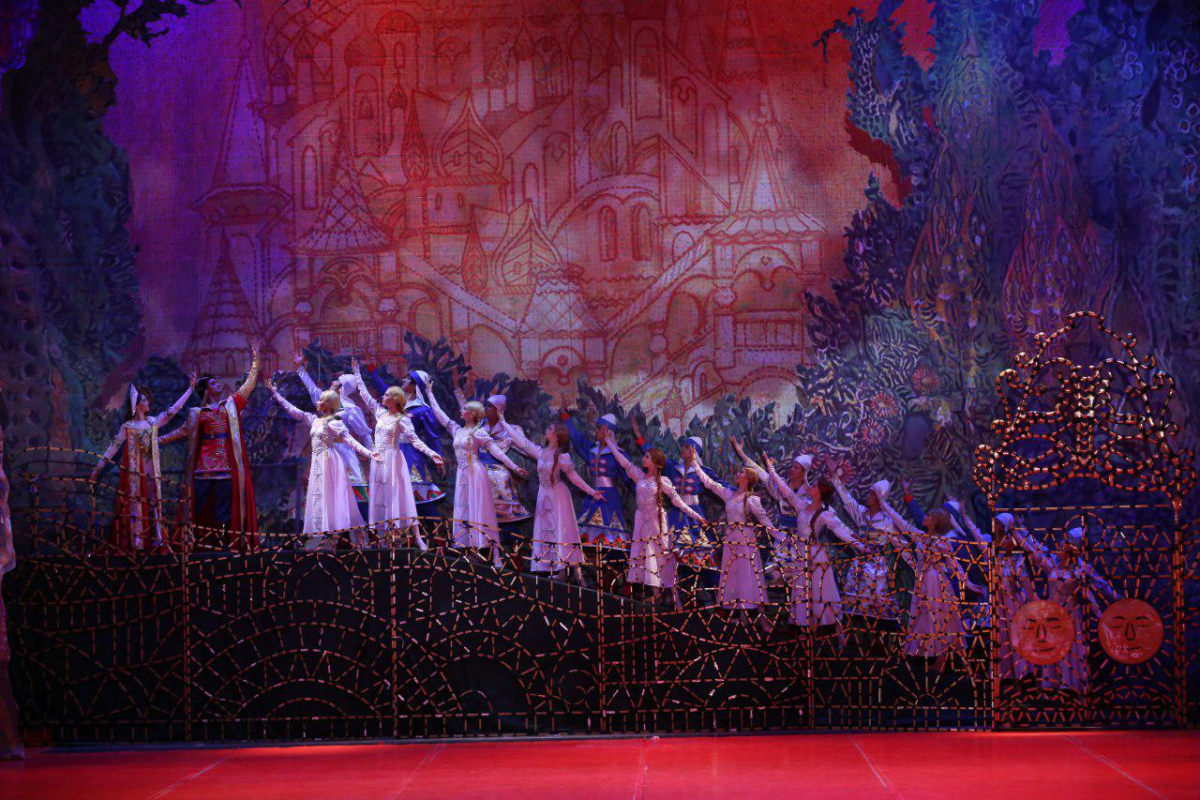

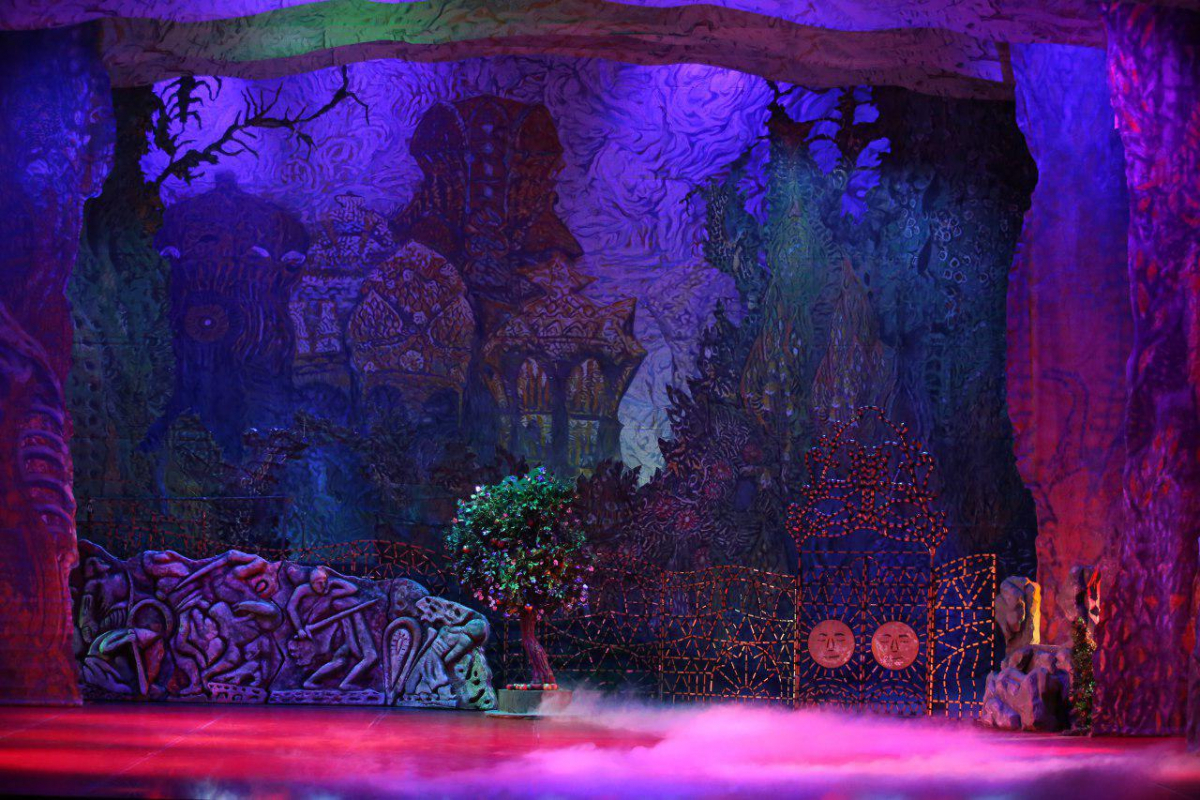
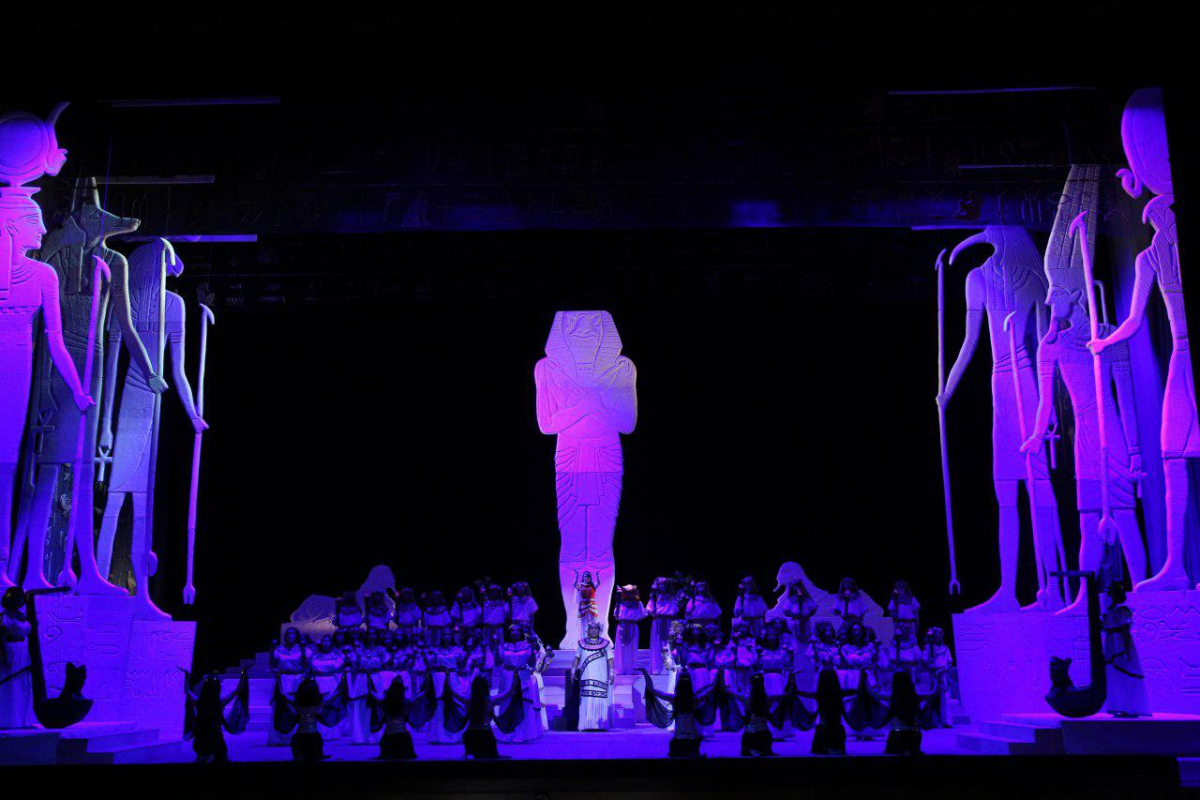

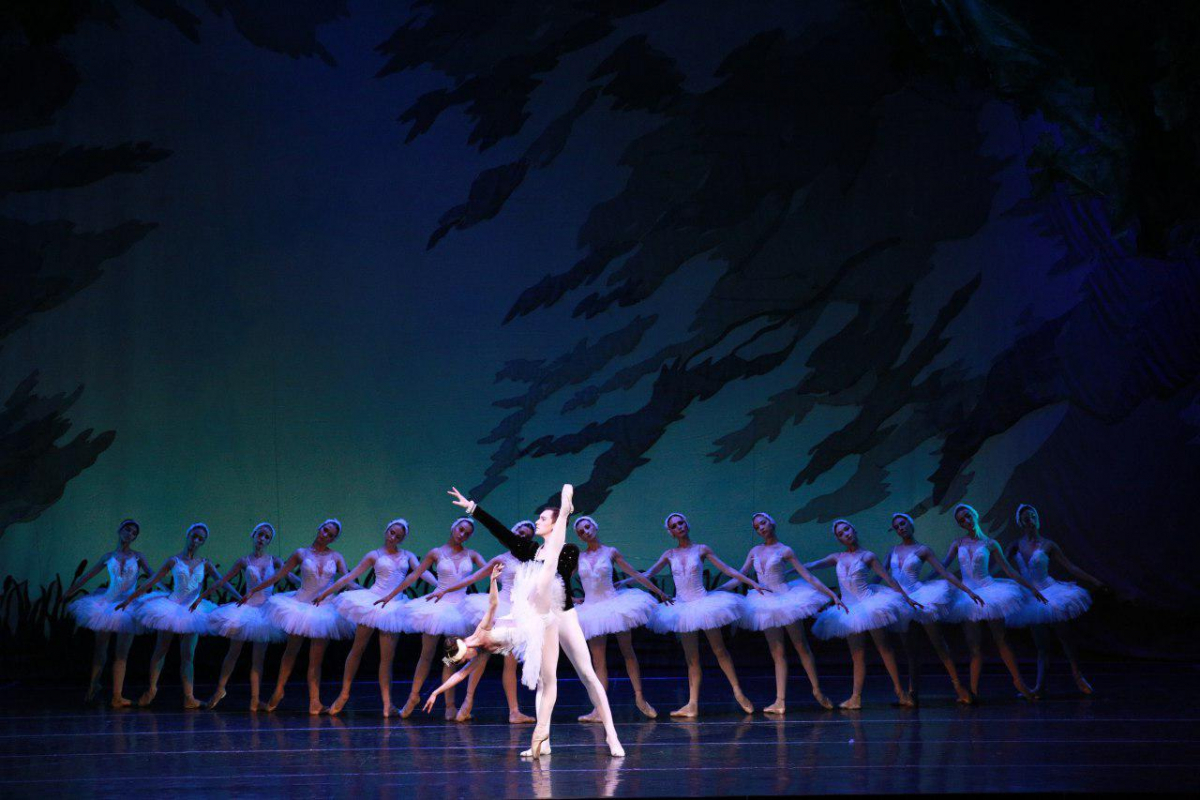
Ticket office: (+99871) 232-19-48
Administrator: (+99871) 233-33-36
Deputy Director for the audience: (+99871) 233-32-21
Theater address: Zip code 100029. 28, Zarafshon str., Tashkent, Uzbekistan
Phone / fax: (+99871) 233-35-28, E-mail: info@gabt.uz, gabtuzb@mail.ru
Facebook: https://www.facebook.com/gabtnavoi/
Telegram: https://t.me/gabtuzb
Instagram: https://instagram.com/gabt.uz